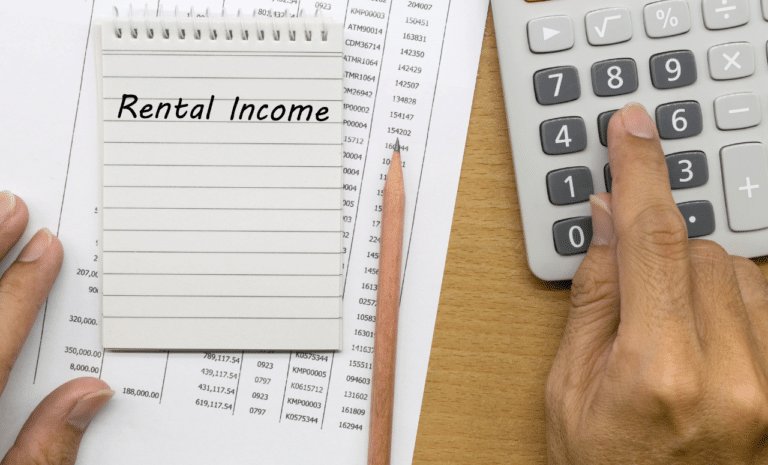The real estate market has thrown homeowners a curveball. With rising inventory, stubborn mortgage rates, and cautious buyers staying on the sidelines, selling a home has become increasingly challenging. But here’s an interesting twist: instead of slashing prices or waiting indefinitely, many frustrated sellers are pivoting to an unexpected Plan B—becoming landlords.
Get a Free Virtual Rental Evaluation Plus a Custom Cost Quote
When Selling Isn’t an Option
Picture this: you’ve listed your home, expecting a quick sale based on the hot market memories of recent years. But weeks turn into months, showings dwindle to occasional lookers, and serious offers remain elusive. Sound familiar? You’re not alone.
This scenario is playing out across the country, particularly in Sun Belt markets that were once the darlings of pandemic-era migration. Cities like Atlanta, Phoenix, Dallas, Houston, Tampa, and Charlotte have seen inventory growth surge by over 20% in the past year, with much of this increase coming from former owner-occupants who’ve decided to test the rental waters instead.
The Accidental Landlord Phenomenon
Meet what industry experts are calling “accidental landlords”—homeowners who enter the single-family rental market not by strategic design, but out of necessity. These aren’t seasoned real estate investors; they’re regular people adapting to market realities.
Take Garret Johnson’s story. After buying his Dallas home two years ago, a job opportunity in Houston prompted him to list his property last March. What seemed like it should be a straightforward sale turned into months of uncertainty.
“There weren’t many buyers, just lookers, and people were biding their time waiting for better rates,” Johnson recalls. “There was a lot of economic uncertainty in those months that we had listed the house.”
Faced with a stagnant sales market, Johnson made the switch to rental listings. The difference was striking—within days, he had multiple rental offers. While the rent doesn’t fully cover his mortgage payments, he’s made strategic adjustments, including recasting his loan and switching to landlord insurance, positioning himself for potential profitability in the coming years.
Competition Heats Up
This influx of accidental landlords is creating unexpected competition for institutional investors who have dominated the single-family rental space. The biggest players—companies like Invitation Homes, American Homes 4 Rent, and Progress Residential—have concentrated their massive portfolios (each holding over 50,000 homes) in precisely the markets where this new supply is emerging.
These institutional investors have been enjoying healthy returns, with renewal rates of 4% to 5% and retention rates around 75%. But the addition of new rental supply from converted home sales could pressure their pricing power.
Market Implications
The impact on rental rates may be more nuanced than dramatic. Rather than seeing significant rent reductions, the market might experience moderated growth. Industry analysts suggest that instead of the robust 4% to 5% annual increases that large landlords have been achieving, we might see more modest 1% to 2% growth in some areas.
This isn’t entirely unprecedented. A similar pattern emerged in 2022 when mortgage rates doubled, leading to a surge in people owning rental properties beyond their primary residence. However, the scale and geographic concentration of the current trend make it particularly noteworthy.
Strategic Responses
Interestingly, the largest rental REITs are adapting by shifting their strategies. Rather than competing directly with these new market entrants for existing properties, many are pivoting toward build-to-rent projects. This approach allows them to create new inventory while avoiding head-to-head competition with both accidental landlords and traditional homebuyers in the resale market.
Important Steps to Rent Your Home Out from A to Z
Step by step checklist for getting a home rented, and link to the full property management guide
1 Consider strengths and weaknesses for your home and location and consider special strategies to utilize them. Is it a college area? If so, you’ll likely handle a lot differently from low income, or a suburb.

2 Get the property in show-ready condition by handling repairs, but also low-cost aesthetic fixes like spray painting rusted AC grates, and other things that really stand out. A sure way to attract sub-par tenants and repel the rest is to show a home with unrepaired issues.
3 Decide whether you’re going to allow pets or not. Before you decide, know that for most landlords it’s the single best thing you can do to increase your “bottom line” profit over the long term. More on this subject here

4 Set a rental rate that will balance a minor amount of time on market hassle, with monthly rate. Whether in the form of owner-occupied showings, stress, or vacancy. Most owners fail to properly account for these subtle but real costs, especially vacancy. Vacant homes are much more costly than most account for. We can provide a free rental rate estimate compiled by people, not an algorithm, here
Looking Ahead
As we move through the current selling season and into the next, the rental market dynamics will likely continue evolving. The key question isn’t whether this trend will impact rental growth—it’s how significant that impact will be.
For potential home sellers facing similar dilemmas, the rental option represents both opportunity and challenge. While it can provide income and preserve homeownership during uncertain times, it also requires adapting to the responsibilities and risks of being a landlord.
The real estate market’s ability to adapt continues to surprise us. As traditional selling strategies hit roadblocks, creative solutions like the accidental landlord phenomenon demonstrate the market’s resilience and the innovative ways people navigate challenging economic conditions.
Whether you’re a current homeowner weighing your options or an investor watching market trends, one thing is clear: the rental landscape is becoming more competitive and complex, driven by the very human need to adapt when Plan A doesn’t work out as expected.
To read more on this topic, visit Institutional landlords see new competition from an unexpected source.










